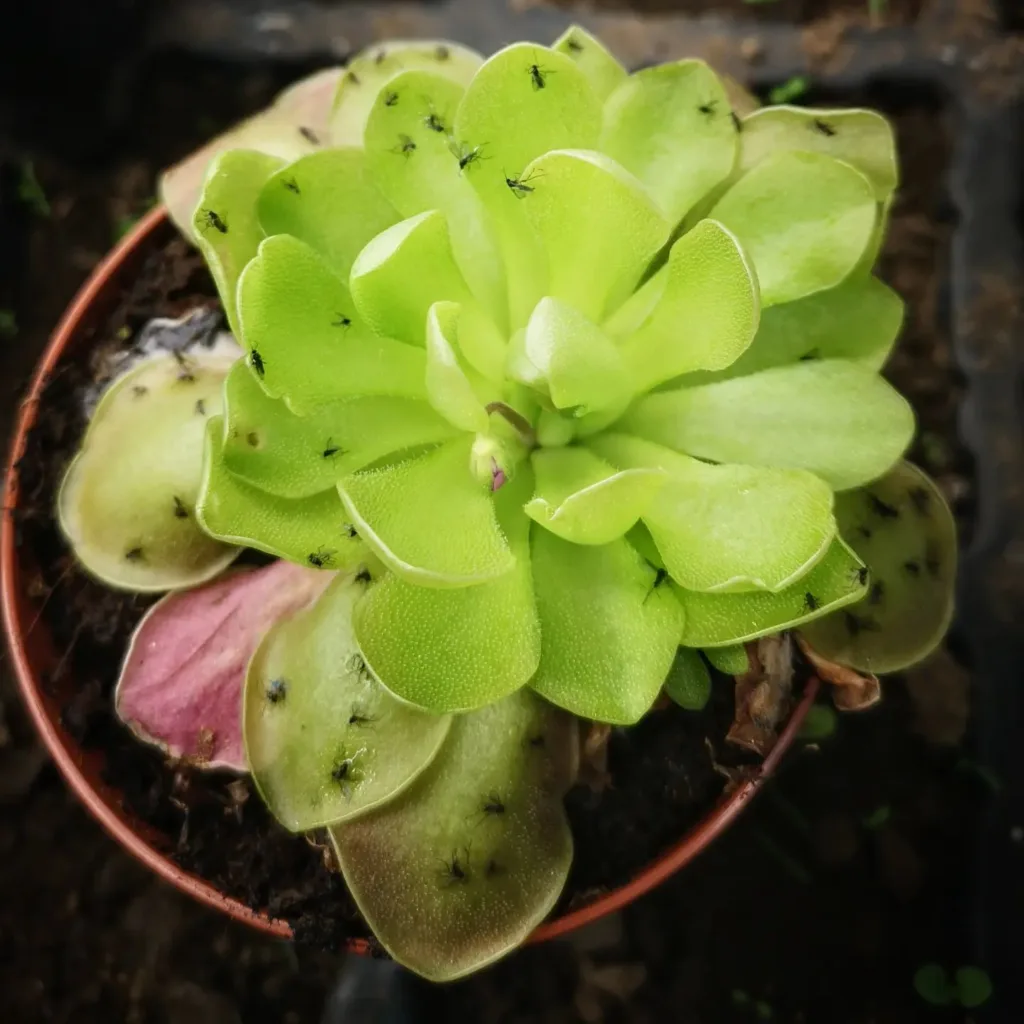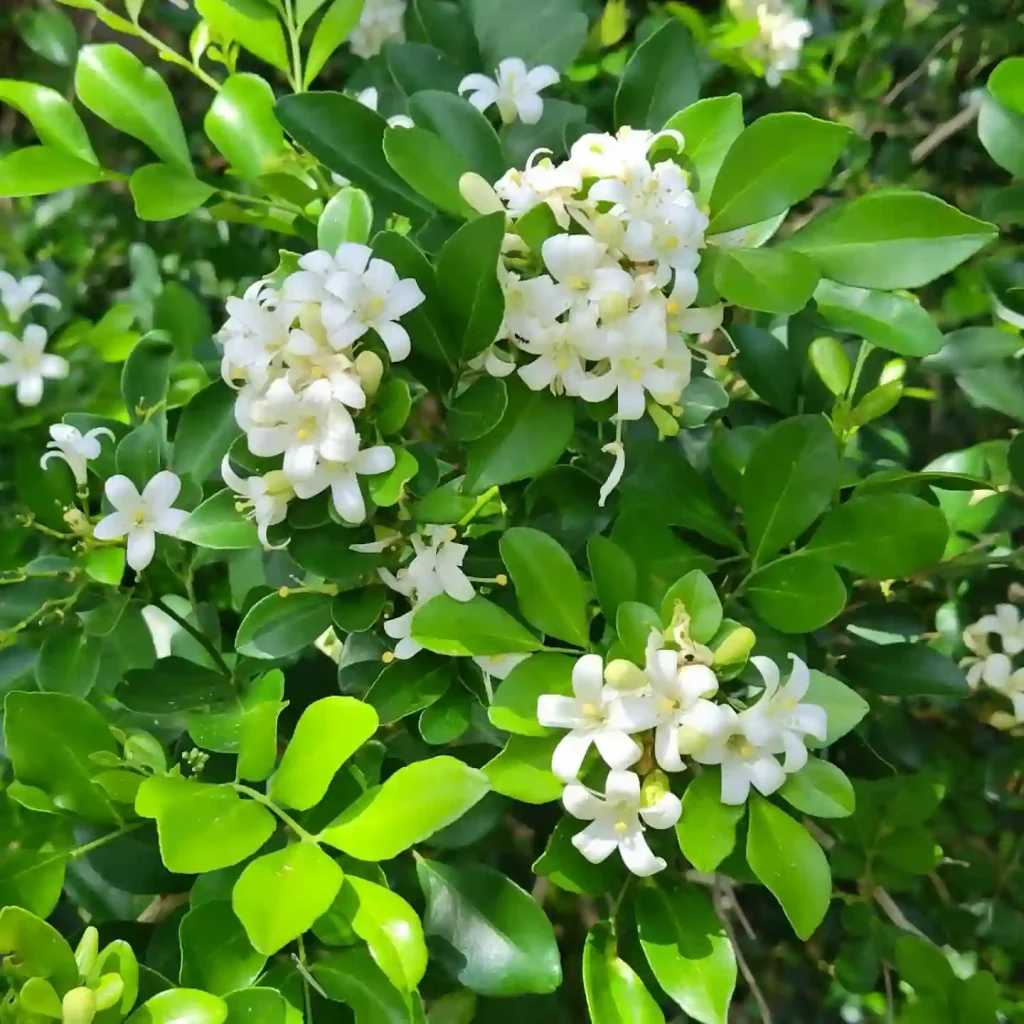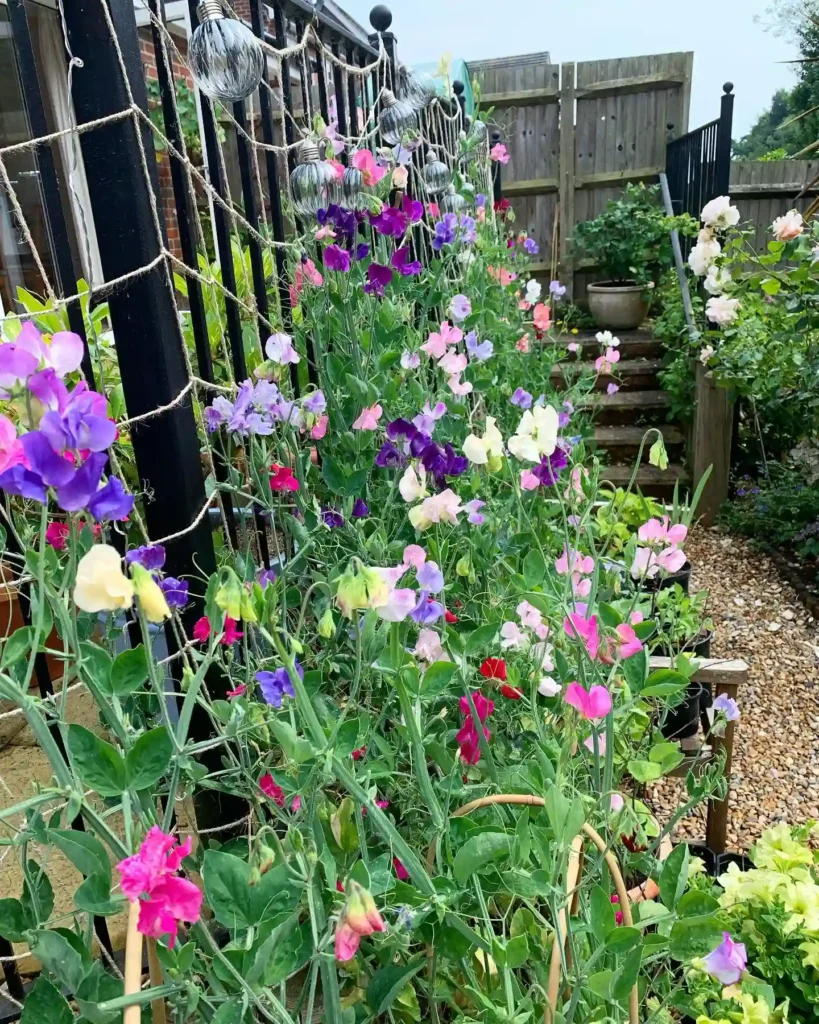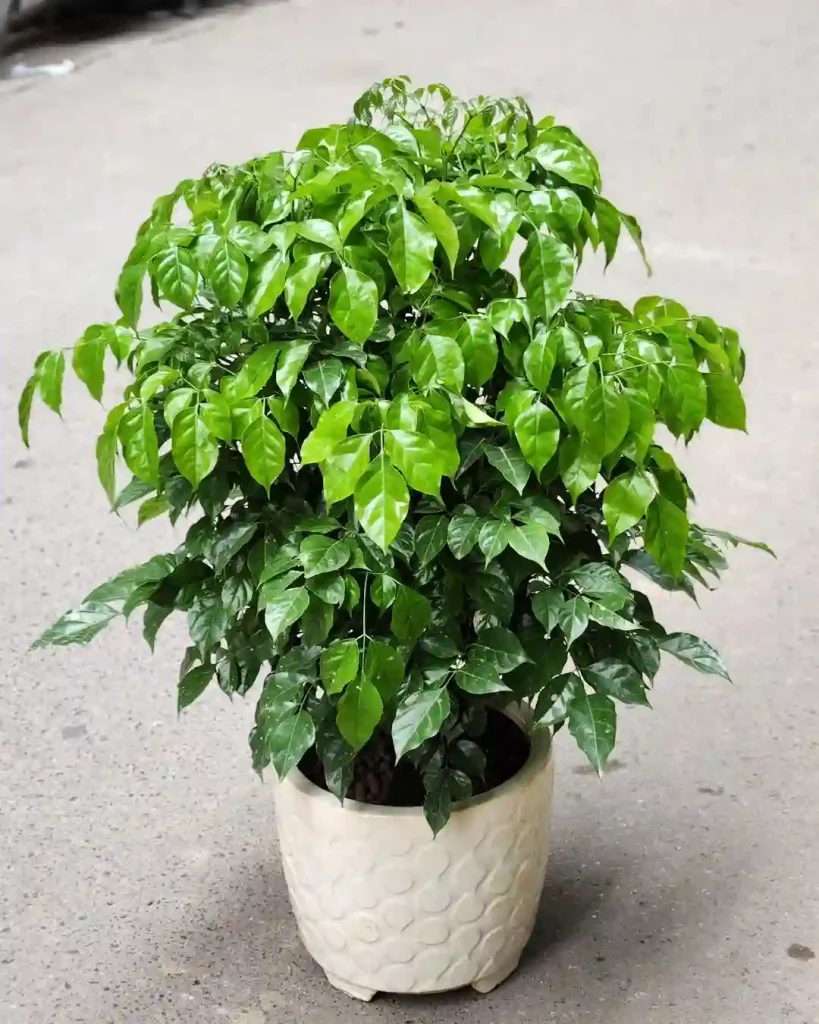Gloriosa: A Flame in My Garden
I’ve always been drawn to the exotic. The vibrant colors, the unusual shapes, the sheer audacity of some plants to be so dramatically different. So, it’s no surprise that I, Ferb Vu, fell in love with the Gloriosa genus from the Colchicaceae family. These aren’t your typical garden-variety flowers. They command attention with their flamboyant, flame-like blooms and their almost rebellious climbing habit.
Imagine a lily, but one that has decided to break free from the usual upright stance. Its petals, instead of forming a demure cup, twist and curl backwards, revealing fiery hues of red, yellow, and orange. Add to that the tendrils that reach out like grasping claws, and you have the Gloriosa – a plant that is both beautiful and a little bit dangerous.
A Diverse Family
While the name Gloriosa might conjure up the image of a single, iconic flower, the genus actually encompasses a diverse group of species. Each has its own unique charm and characteristics. Here are:
- Gloriosa superba: This is the most well-known species, often simply referred to as “Gloriosa lily.” It’s a showstopper with its large, crimson and gold flowers.
- Gloriosa modesta: This species offers a more subtle beauty, with pale yellow or greenish-yellow flowers.
- Gloriosa carsonii: A unique species with dark purple to almost black flowers, providing a striking contrast to the typical fiery hues.
- Gloriosa simplex: This species is known for its smaller, more delicate flowers, often in shades of yellow and orange.
- Gloriosa baudii (A.Terracc.) Chiov.
- Gloriosa flavovirens (Dammer) J.C.Manning & Vinn.
- Gloriosa lindenii (Baker) J.C.Manning & Vinn.
- Gloriosa littonioides (Welw. ex Baker) J.C.Manning & Vinn.
- Gloriosa revoilii (Franch.) J.C.Manning & Vinn.
- Gloriosa rigidifolia (Bredell) J.C.Manning & Vinn.
- Gloriosa sessiliflora Nordal & Bingham
Beauty with a Bite
But don’t let their beauty fool you. These plants, like many alluring things in life, come with a warning. All parts of Gloriosa plants contain colchicine, a toxic alkaloid. Ingestion can have serious consequences, so it’s important to admire these beauties from a safe distance, especially if you have curious children or pets.
This inherent danger adds another layer to the Gloriosa’s mystique. It’s a reminder that beauty can be both captivating and perilous, a lesson that resonates far beyond the garden.
Cultivating the Flame
Despite their toxic nature, I couldn’t resist the allure of Gloriosa. Growing them requires a bit of care and attention, but the rewards are well worth the effort. Here are a few things I’ve learned from my own experience:
- Well-drained soil is crucial: Gloriosa plants are prone to root rot, so make sure the soil is loose and well-draining.
- They love to climb: Provide them with a trellis or other support to allow their tendrils to grasp and climb.
- Sunlight is key: These plants thrive in full sun to partial shade.
- Patience is a virtue: It can take some time for Gloriosa tubers to sprout, so don’t give up if you don’t see results immediately.
With the right conditions, these plants will reward you with their stunning blooms, bringing a touch of the exotic to your garden.
More Than Just a Pretty Face
Beyond their ornamental value, Gloriosa plants have also played a role in traditional medicine and cultural practices. In some cultures, they are believed to have healing properties, while in others, they are associated with spiritual significance. However, it’s crucial to remember their toxicity and avoid any use without expert guidance.
For me, the Gloriosa represents the captivating power of nature. It’s a reminder that beauty can be found in the most unexpected places, and that even the most delicate-looking flower can possess an inner strength and resilience. It’s a symbol of the untamed spirit, a flame that burns bright despite the challenges it faces. And that, I think, is a lesson worth remembering.
If i die, water my plants!



